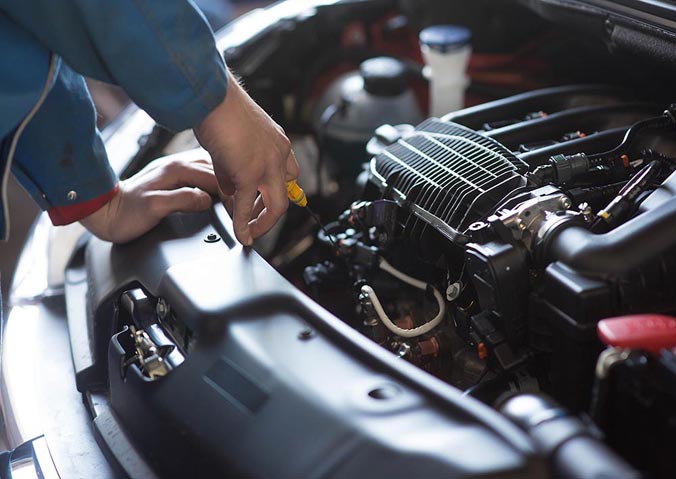Flat tires are a common occurrence and nearly all drivers can attest to having suffered a flat tire. You may walk up to your car in the morning and notice a flat tire or you may be driving and experience a tire burst or hear the flapping noises of a flat tire. You should immediately take action to safeguard your safety and the safety of other road users.
If the car is parked, inspect the car tire by running your hand along the surface of the tire and the sidewalls for any foreign objects such as industrial staples and nails. If you don’t find anything, the tire might just be low on air.
Fetch the spare tire and replace the flat tire. You should not attempt to repair the tire to avoid further damage to its integrity and casing. Once you have replaced the tire, drive to a tire repair center to have the damaged tire fixed.
If you get a flat tire when driving, it becomes even more complicated. You might hear it go flat or feel the flat tire make flapping sounds or feel the car pull to one side. You need to pull over safely and as far as possible from the edge of the road to keep safe and avoid being hit by passing vehicles. Place safety cones a few paces behind the vehicle to warn other road users, if available.
Change the flat tire and replace it with the spare tire. Never attempt to drive with a flat tire. If you need assistance, make sure to call a professional auto mechanic for help. A flat tire caused by a puncture can be repaired easily using kits designed for patching and plugging. Another cause of a flat tire will most likely call for the replacement of the tire. Always get the right tire for your vehicle to safeguard your safety and that of other road users.





